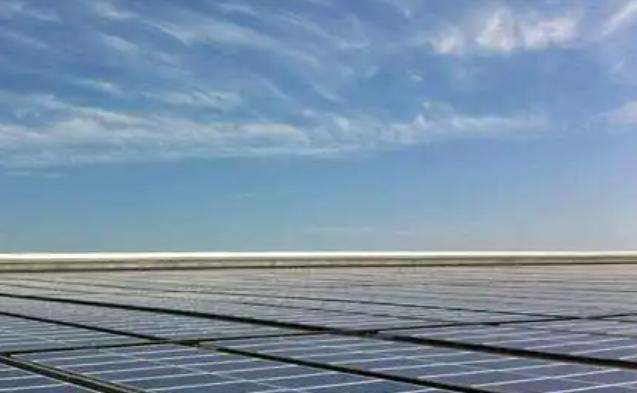In solar cell module design calculations, when the load remains unchanged throughout the year, solar cell module design calculations are based on the month with the lowest irradiation. If the operating conditions of the load change, i.e. the energy demand of the load is different every month, then the best method to adopt in the design is to calculate based on different seasons or each month, and calculate the maximum number of solar modules. required. Usually in summer, spring and autumn, the electrical energy output of solar modules is relatively large, while in winter it is relatively small. However, the load demand can also be relatively large in summer, so in this case only the annual average or. a certain month is used. The design calculation is inaccurate because the number of solar modules required formeeting the load demand each month is different, so the solar modules needed for that month should be calculated according to the load required each month. The maximum value is the number of solar modules required per year. For example, the number of solar cell modules required in winter is calculated in blocks, but in summer only blocks may be required. However, in order to ensure the normal operation of the photovoltaic power generation system throughout the year, a larger number of modules is required. Solar cell modules, i.e. bulk modules, need to be installed to meet the charging requirements throughout the year.
The principle is a new power generation system that uses the photovoltaic effect of solar cell semiconductor materials to directly convert solar radiation energy into electrical energy. There are two operating modesindependently operating and connected to the network. The specific photovoltaic effect is available in high school textbooks if you like to understand the basic principles. Current components can achieve a power of 140w per square meter (maximum), which is generally around 120-130w. The component consists of several battery cells connected in series. Multiple components are connected in series to form a larger voltage output. .














